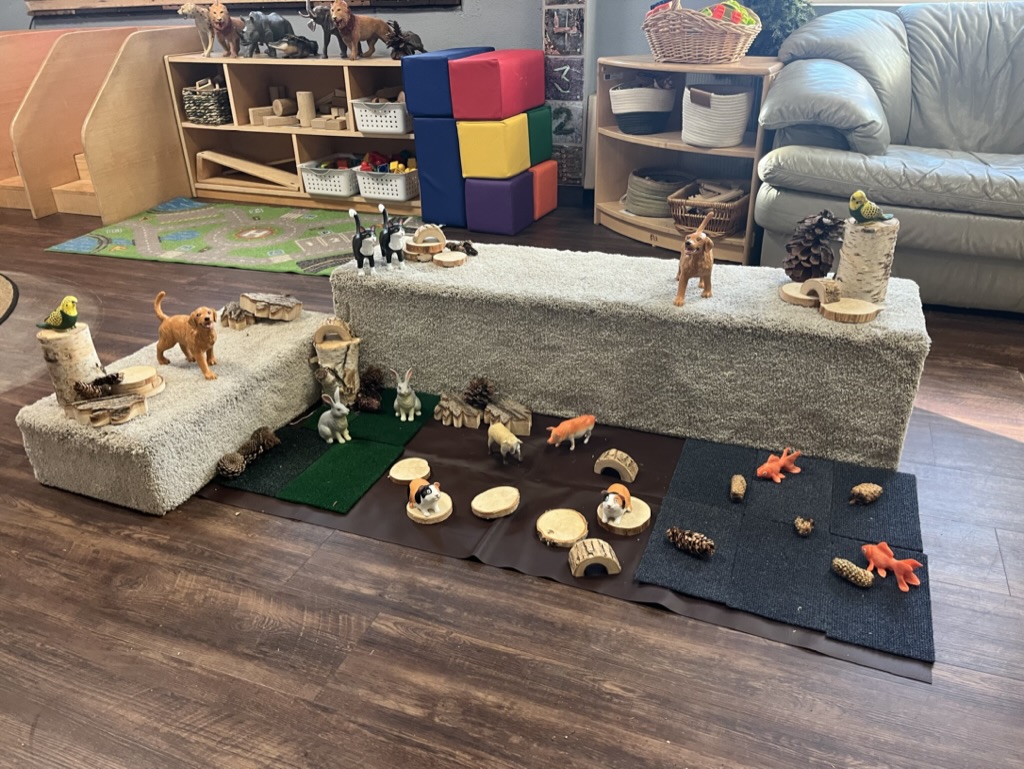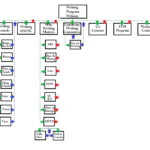For the course of the semester in Child Development 284 I had the opportunity to complete over a hundred hours of field experience in a Toddler Classroom with children ages 12-24 months. Over this time period, I conducted research in the classroom on the Complementary Curriculum Approach. The Complementary Curriculum Approach aims to create a settled classroom where children engage in play based learning surrounding their interests. This is achieved by following the Four Intentions which are compelling materials, explicit presentation, responsive scaffolding, and following children’s interests. Compelling materials refers to, “materials that inspire children’s curiosity, experimentation, and thoughtful decision-making” (Kuh & Ponte 2022, pp. 14). Explicit presentation is the “practice of explicit modeling of behaviors, interactions, self-care routines, and the use of materials (Kuh & Ponte 2022, pp. 14). Responsive scaffolding is when “teachers observe and listen to children so they can build upon and expand children’s exploration” (Kuh & Ponte 2022, pp. 14). Finally, following children’s interests involves planning experiences that are “rooted” in the interests of the children (Kuh & Ponte 2022).
The Complementary Curriculum Approach asserts that the use of these Four Intentions in our teaching practices will lead to the settled classroom where children know expectations, use materials that support their learning, and pursue their interests. My goal this semester was to use these Four Intentions with the toddlers to answer the question, “What happens when we plan experiences with the Four Intentions in mind?” Through my research with the Four Intentions I have concluded that the Complementary Curriculum Approach allows children to play and learn more independently, lets children pursue their interests and own learning, and gives teachers more space to engage in play with children as well as observe and assess children.



